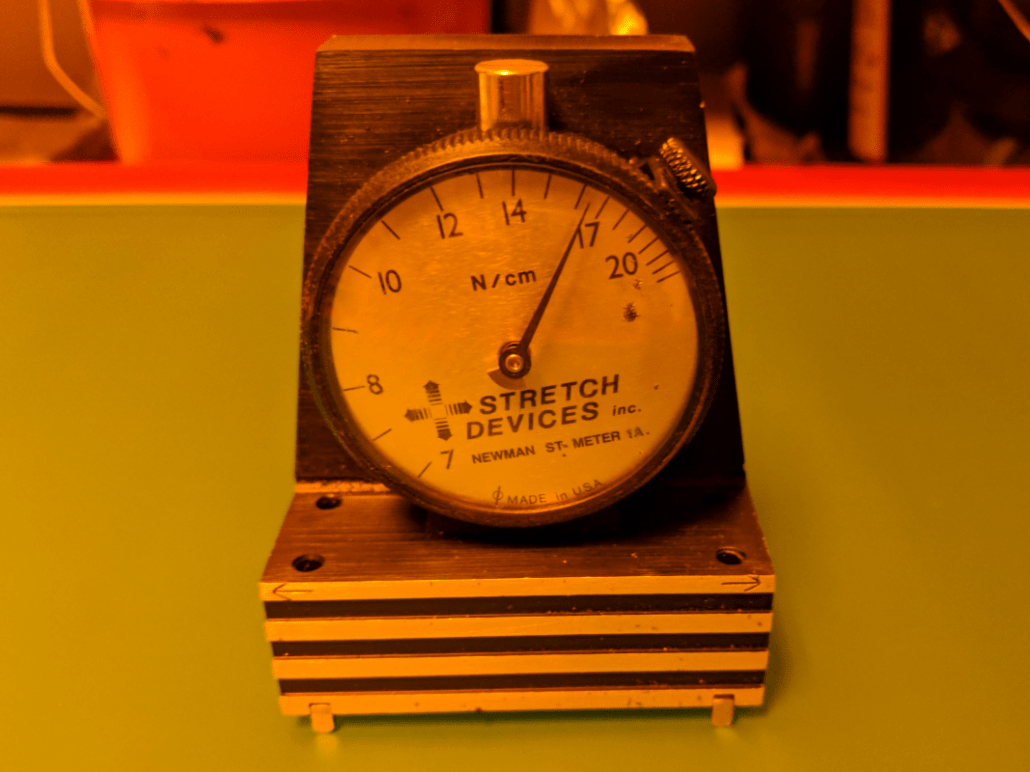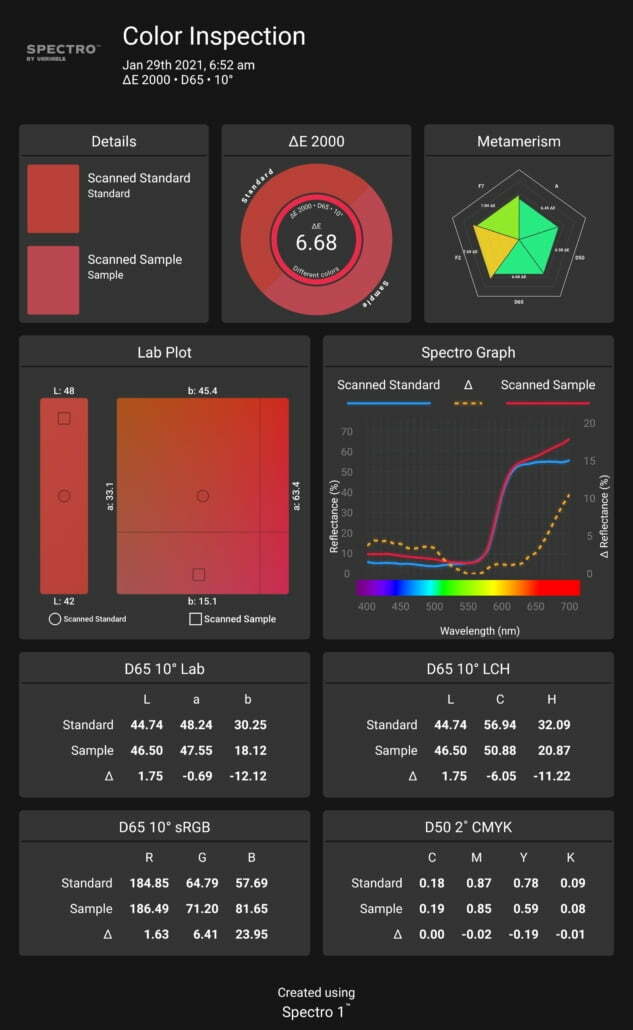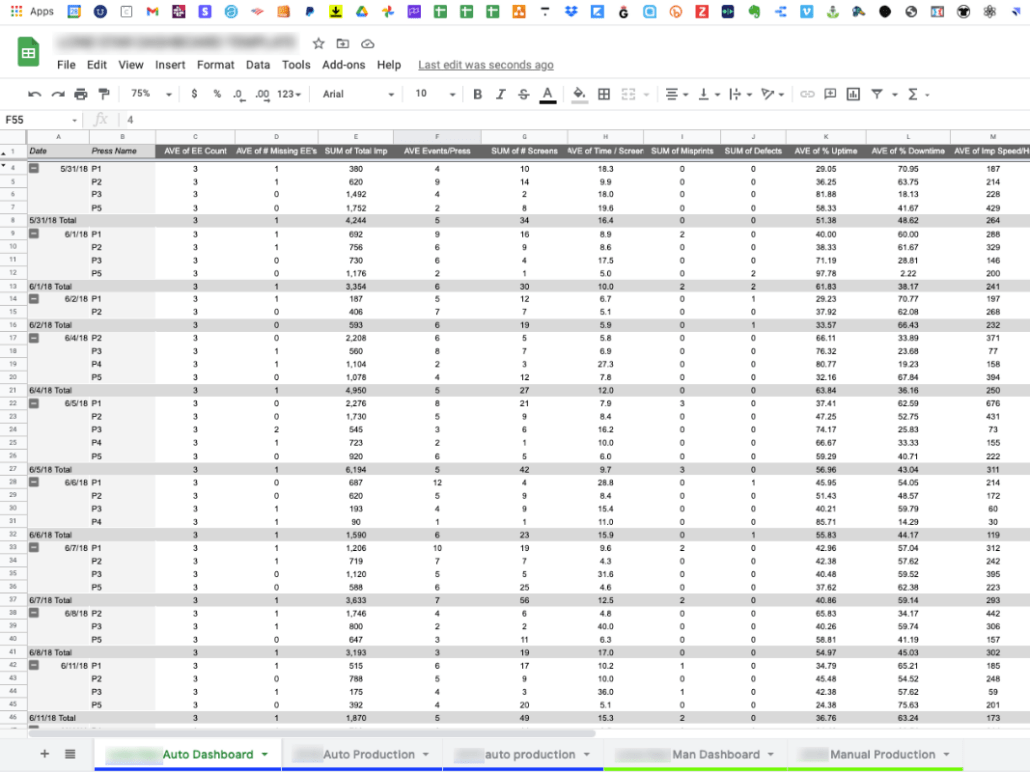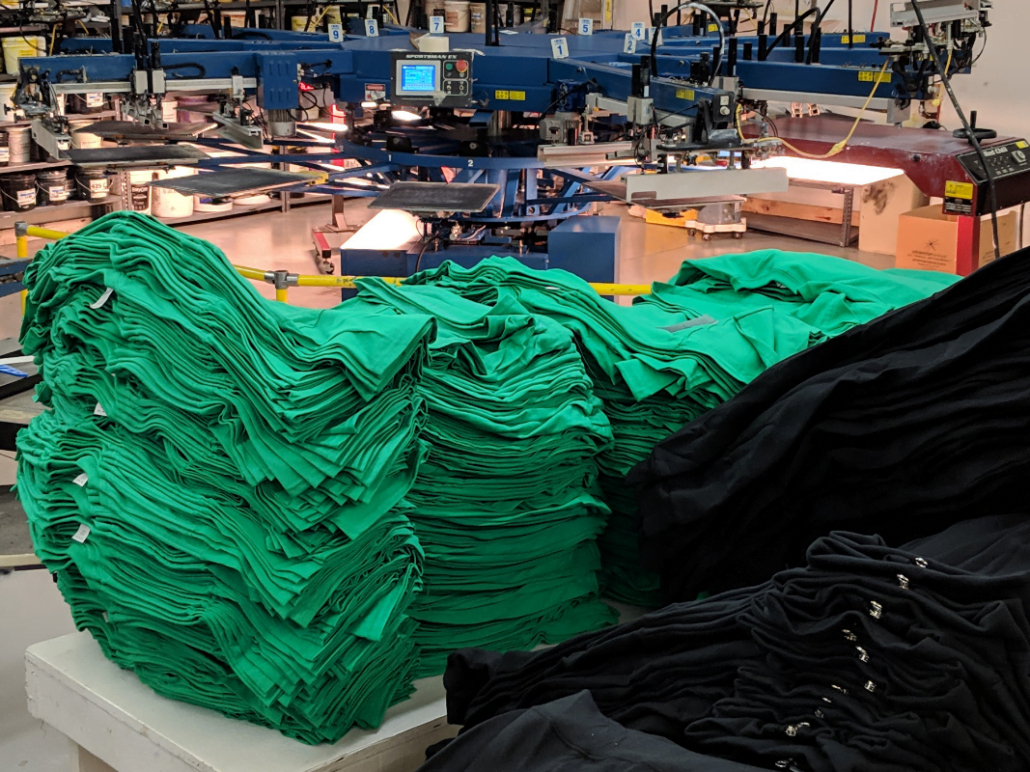“Professionals use professional tools.” There…I said it.
Have you ever had a small pebble or a rock in your shoe? You know, something that really bothers you. It’s not the end of the world, but it keeps dinging you and hanging around.
You have to do something about it to relieve yourself of the nuisance.
Here is what I keep seeing in this industry that is a rock in my shoe. Businesses are constantly trying to make do with inferior equipment, consumables, processes, and sometimes, even people.
Why is everyone so fascinated with either using a cheaper, less productive version of something, or a shortcut? Especially when you stop to think about the horror stories people tell about using them.
“Professionals use professional tools” is about the mindset of doing things correctly because you are supposed to be an expert at what you are doing. Not trying to half-ass it and “make do” with something.
By the way, those shortcuts that some people take almost always cost more money and time than if they just sucked it up and invested in doing things correctly the first time.
What Is Eating Your Time?
Do yourself a favor.
I want you to take a long hard look at what is eating your time in your shop.
Where it shows up a lot is when another department has to put in effort to correct the challenges that were created somewhere upstream from them in the workflow river.
Or, it could show up by the lack of standards or processes in your craftsmanship in the work that you turn in every day.
There is a direct cause and effect relationship between how the work is being performed in one area of your shop, and the consequences of that action in another.
The tools we use for the work contribute to the quality of the work that is being performed. There is a 1:1 ratio in play here.
Processing Information
Let’s start with your business system for processing information.
Can people easily retrieve information and solve problems on their own?
- Do they know what to do next?
- How many times a day are you answering a simple question about an order?
- Your shop software is a tool. Pick and use a better one. Train your staff on how to use it.
- Have more than one subject matter expert on how the shop software works.
Are you “just getting by” in using software that isn’t made for this industry? Are using a spreadsheet? A whiteboard? Constantly hanging job sheets on a pegboard in your shop and moving them around to indicate workflow?
When you know in your gut that you need to be doing something better, it is time to research shop platforms that are made for this industry. Printavo. Impress. Shopworks. Price-It.
Communication
How are you communicating with clients, suppliers, and your employees? What systems or processes make that easier? Even something as mundane as having walkie-talkies on the shop floor to communicate with the art department to come down for a press check can be a huge time saver. What communication tools such as a better cell phone or maybe even software or an app like Slack, could make things easier for your team?
Are you using video? Text messaging? Email?
What standards and processes do you have in place with your team on how and when to communicate? Is everyone using these tools the same way?
Nomenclature
Proper language and nomenclature is a tool. For example, if you call a decoration location a “Full Front”, and everyone in the shop knows that this means that the design is 12″ wide and is printed 3″ down from the bottom of the collar, that speeds up an entire list of workflow items. What words are you using in your shop vocabulary?
Work Faster
Are you using the industry’s set up tools to your fullest advantage? The HoopMaster for embroidery. Tri-loc for M&R presses or the ROQ PRU pre-registration system? Sure, these items cost money, but they can save you hundreds of hours of lost production time fiddling with getting your jobs going. Carpenters use jigs to save time cutting multiple boards down to the same length. These devices work with the same idea.
Reducing downtime means you are making more money. When these tasks get easier, more people can learn how to do them. Don’t let your “veteran” employees convince you that these systems don’t work. They do.
Use Templates
The idea of templates can be found everywhere. If you are repeating steps, such as when you build an art file for production, it is much easier to have items that you need already available. Registration marks, color names, positioning guidelines, etc. Whatever you are constantly using, get it built and saved, and start with a chunk of your work ready to use.

This idea can carry over to other areas in your business too. For example, if you are creating online stores for clients, try setting up a master online store that has key information, pricing, items, and other things ready to go. Clone the store, and then add or edit the items you need to make it work for the new project.
Don’t start from scratch every time!
Measuring Tools
Screens
If you are a screen printer, the one tool that you need to be measuring your screen tension with is a tension meter. Screen tension plays a critical role in print quality, press speed, and ink film opaqueness.
Tip: if you have to double stroke your white underbase or other colors to get opacity and coverage, you are not doing things correctly.
Take a minute and step back and dig into why you are doing that. Read this for more information.

Dryer Temperature
Another great tool to have on the shop floor is a donut probe. This allows you to measure and chart your dryer chamber to ensure that your ink is being properly cured. If you are serious about the quality of your work in your shop, this is a must-have tool.
It is called a donut probe, as the measuring part of the device is round and about the same size as a donut.
By placing this on the wet ink on a shirt and sending it through the dryer tunnel, you can see when the ink reaches the proper cure temperature. This is how you are ensuring that you are printing and curing your work correctly.
Color Spectrometer
It used to be that these devices were incredibly expensive, so they were out of reach for most businesses in this industry. That has changed in recent years, and if you are printing Pantone colors in your shop, a color spectrometer is a must-have tool. This handy device is small, portable, and easy to use. There is a companion app that works with your phone via Bluetooth.
It measures color and gives you a reading as to if you are actually matching the Pantone color. No more guessing or worrying about lighting.

The unit of measure is “Delta E”. The lower the Delta E number the more accurate your color match. By the way, the human eye can only detect fluctuations in color somewhere between 3 and 5 Delta E. If you set your tolerance to matching with a 5 Delta E or less for your shop as your standard, you then can work on getting color matches under better control.
Production Log is a Tool
If you are serious about managing your shop, increasing your efficiency, and discover exactly where you are stubbing your toe every day; having a production log in your toolbox is something you need.

When you are leaking productivity, and your labor costs are out of control compared to the work that is being performed, you have to have a good understanding of what’s going on on the production floor. Your car has a speedometer. Serious-minded production managers use a production log as the tool of choice for measuring efficiency and output. If you need one, you can find an easy to use system in my book, “Shop Basic Info Pack.”
Your Tools of Choice
Every shop is different. Different equipment. Customers. Staff members. Spoken languages, work ethics and cultures.
Are the tools shown above all of them for the industry? Of course not.
My point with this article is to get you thinking clearly about the tools you use every day. What’s working? Is there something better?
Just because you have and are using one particular tool today, doesn’t mean that you can’t upgrade or switch later. Surely you have replaced using a manual screwdriver with a cordless drill version for most applications. Right?
Did you throw your old fashioned screwdriver away? Nope. In some situations, that still works.
Your Worldview on Tools
For people that label themselves as screen printers, usually, the worldview of direct to garment digital printing is suspect and not to be trusted.
However, that sucking sound you are hearing right now is the entire online store world moving to print on demand using digital print applications.
Why screen print shirts and hold them in inventory when you can stock blank goods for multiple stores and print the shirts as they are ordered? It saves time, money, labor, and the customer ultimately gets their apparel order faster.

Whether you have manual, automatic, or digital printing equipment they are simply tools to decorate a garment. At the end of the day, you are a business person first.

Will DTG printing replace screen printing? No way buster. But here’s the thing, you can pick and choose what tool is appropriate for the type of work that your business cultivates.
Use the right tool for the job
As we all know, tools are expensive. Everyone usually starts with a basic set, and as we start adding skills and projects, new tools are added to the toolbox.
It is the same way for your business.
You need to use the right tool for the job. Sure…tools cost money. Upgrading your equipment or adding a new decoration process is expensive. All the gizmos that are out there for this industry add up to a good chunk of change too.
But, not using them has a cost too. How fast do you want to go? With the right tool, training, and skill what you are doing today now can be completed in a fraction of the time and at a lower cost. Which increases profit.
Don’t skimp. Avoid the knock-off versions. There is a reason why the top professionals in the industry use and deploy particular methods and equipment.
With the right tools you can accomplish anything. I can’t say the same if you are using the wrong ones.
“If you get stuck, draw with a different pen. Change your tools; it may free your thinking.” – Paul Arden
“The most powerful tools you can have are information and knowledge.” – Daryl Davis
“Man must shape his tools lest they shape him.” – Arthur Miller





